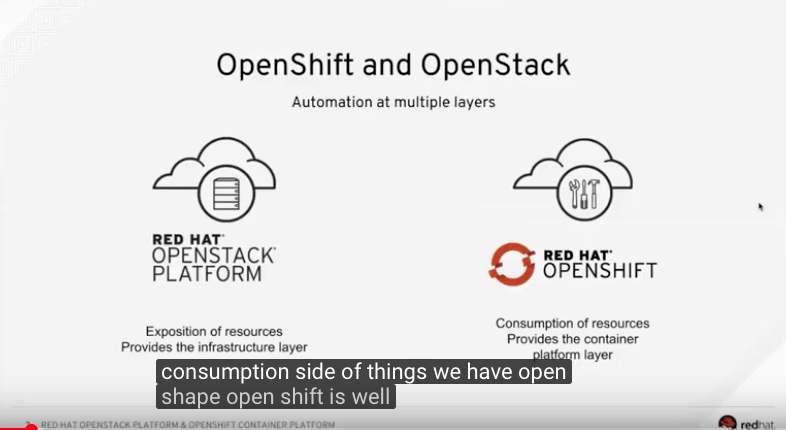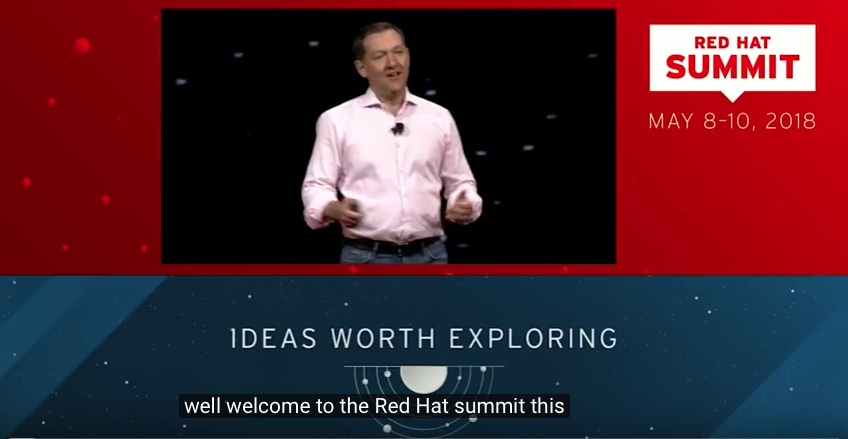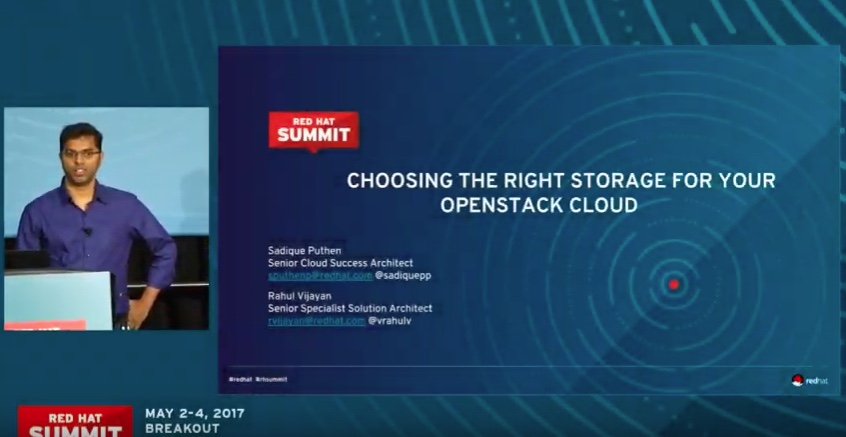News
FEATURE HIGHLIGHTS
Get Started with Red Hat OpenStack Platform
For a basic installation, you'll need:
Install Red Hat OpenStack Platform 17
-
Install RHEL
Perform a minimal installation for RHEL 9 on a physical system. See getting started for Red Hat Enterprise Linux 9 for more details.
-
Register
Register the system via Red Hat Subscription Management and confirm that an OpenStack subscription is attached.
# subscription-manager register# subscription-manager list --consumedIf an OpenStack subscription is not attached immediately, see the documentation for manually attaching subscriptions.
-
Prepare for director installation
- create directories for templates and images
- set the system hostname
- install director packages
- generate the container images file
Install director (the undercloud)
- configure the director
- obtain overcloud node images
- set a nameserver
- complete undercloud configuration
Additional resources
Browse All Product Knowledge
Topics
OpenShift on OpenStack
OpenShift on OpenStack: a seamless integration
In this briefing, Red Hat's Ramon Acedo Rodriguez presents the strategy, vision, and current state of affairs for containers within Red Hat OpenStack Platform. His session covers the roles containers play in OpenStack, what Red Hat is focusing on, what they have already delivered to users, and what will likely be the future of the infrastructure and tenant layers.
Additional Resources
The future is open (hybrid cloud)
Open source and the cloud environment
The future of IT is open. Whether building a private, public, or hybrid cloud environment, open source innovation is improving how it’s done.
Additional Resources
What's new in Security in Red Hat OpenStack Platform
Security progress update
Red Hat Security specialist Keith Basil outlines the security roadmap strategy and vision for Red Hat OpenStack Platform. In this video, Keith shares the significant security advances that have been made, specifically in the areas of key management, encryption at rest and in flight, compliance, and more.
Additional Resources
OpenStack: Storage
Choosing storage for your OpenStack cloud
What factors should you take into account when choosing the correct storage solutions for your OpenStack cloud? Sadique Puthen Peedikayil, Sr. Cloud Success Architect, and Rahul Vijayan, Sr. Specialist Solutions Architect, Red Hat Asia Pacific, Ltd
OpenStack and the Enterprise
NTT Comware creates cloud service with Red Had OpenStack Platform
NTT Comware wanted to create a cloud service offering, SmartCloud DevaaS® 2.0, to provide a DevOps development environment for its users. By creating a self-service development portal based on Red Hat OpenStack Platform, NTT Comware cut operating costs by 30 percent. In addition, they will offer operational environments based on container orchestrations using Red Hat OpenShift Container Platform.






